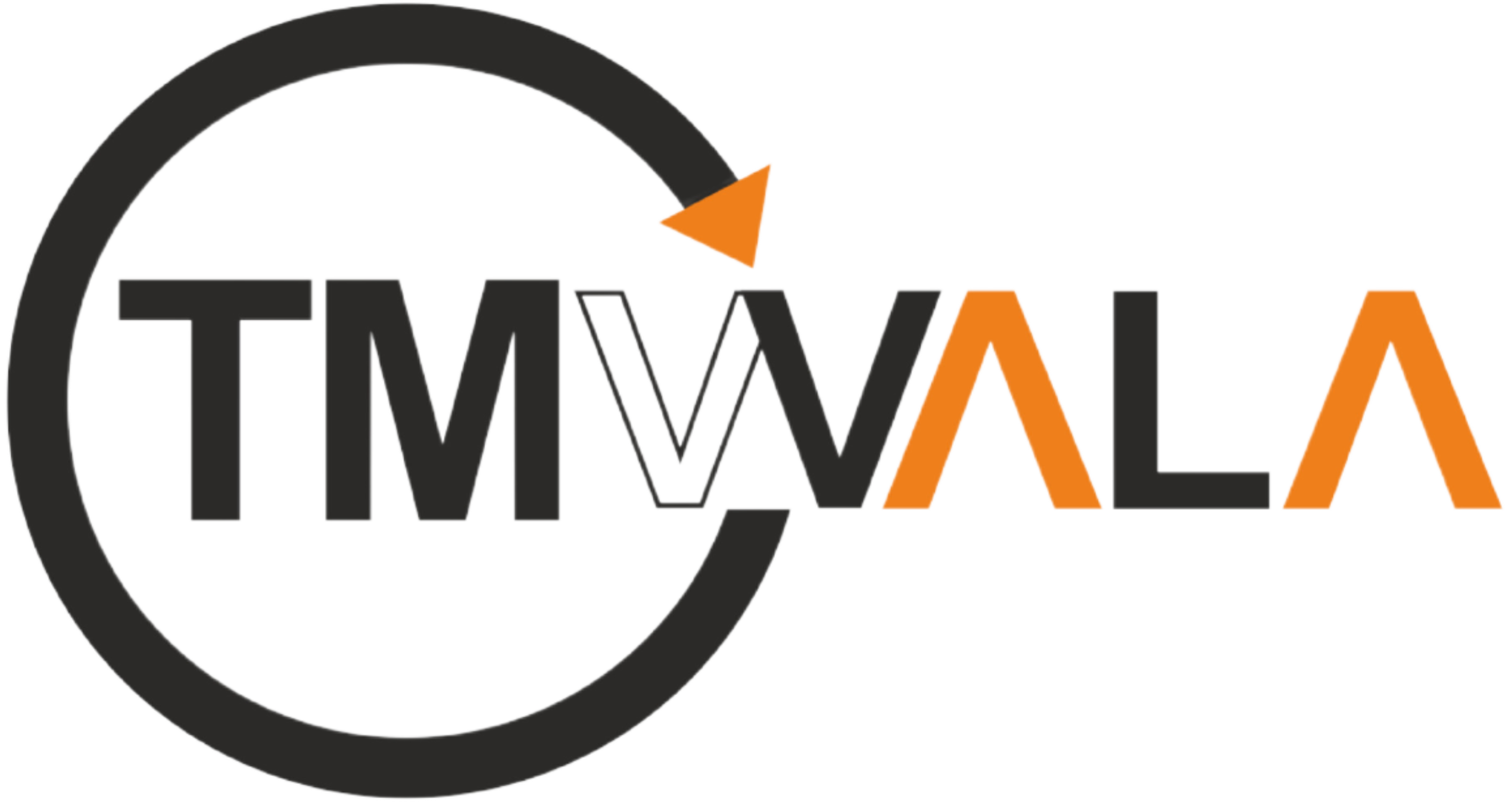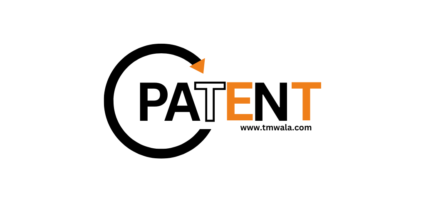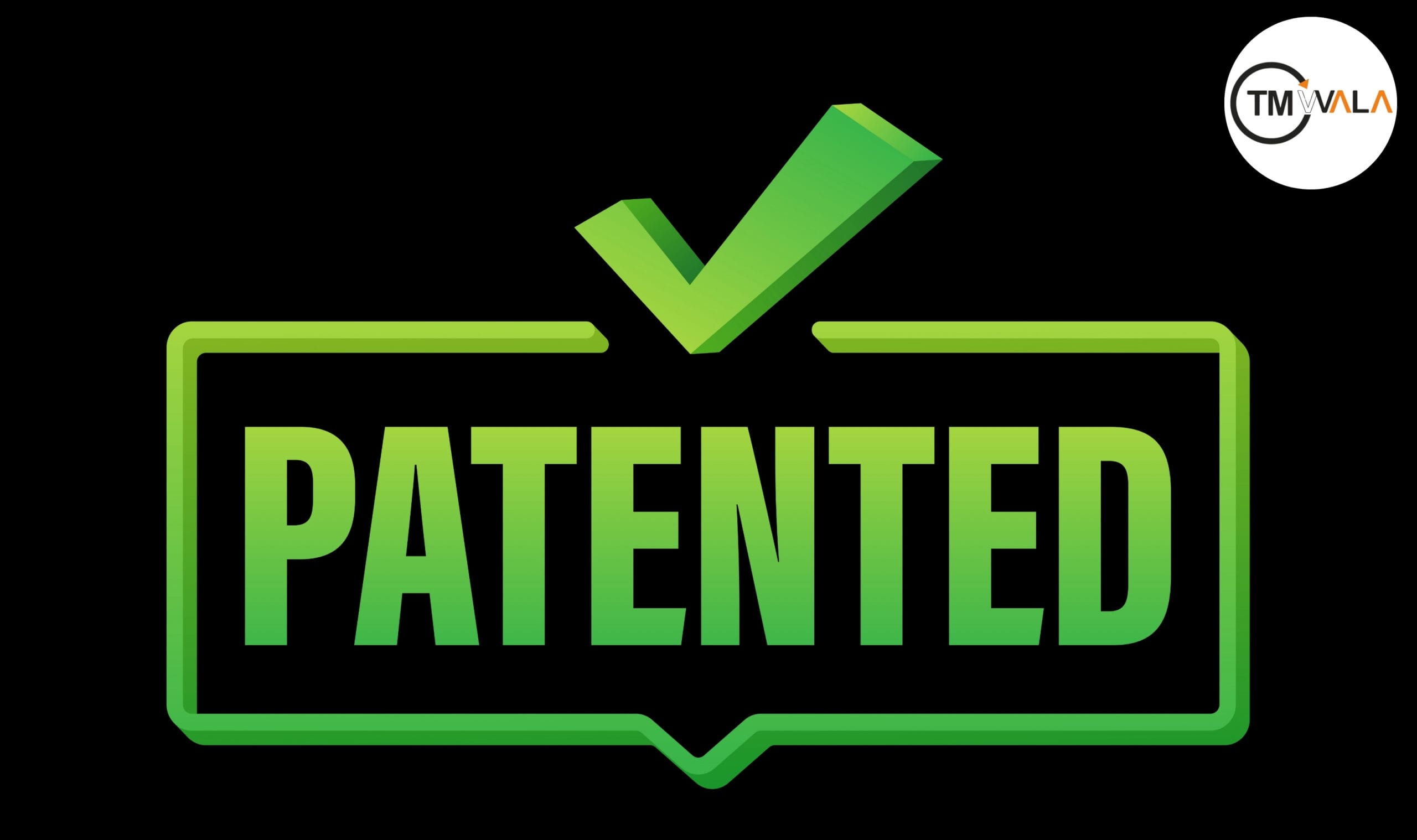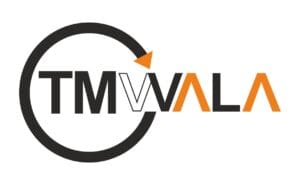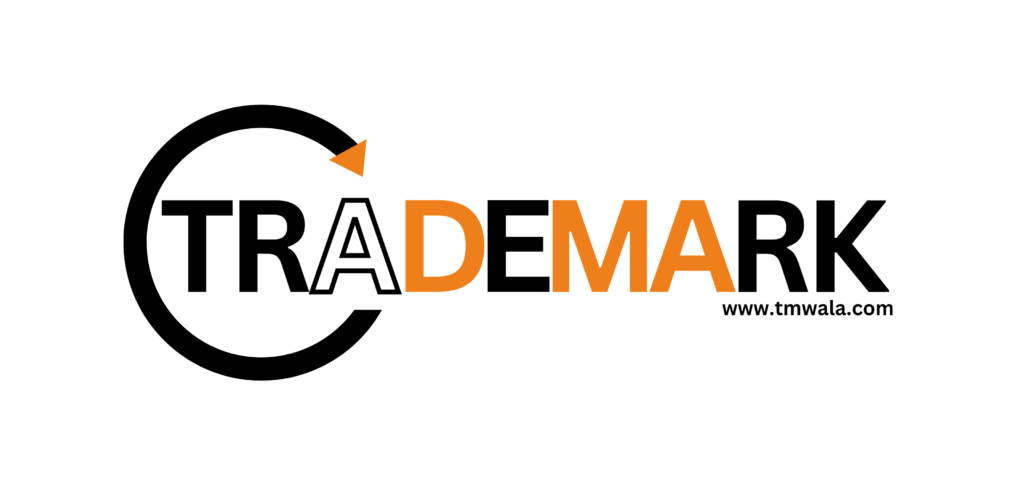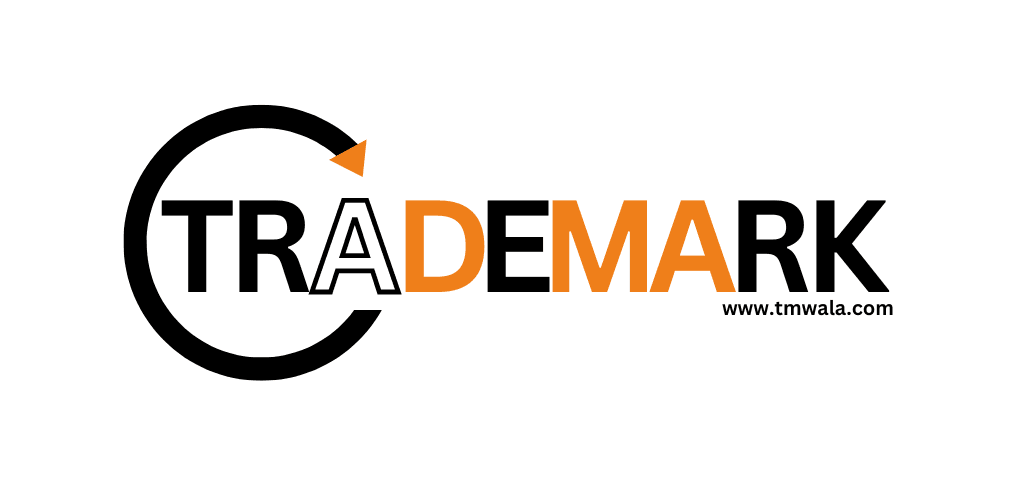Patent registration is a critical process for inventors seeking to protect their innovations legally. A patent grants the inventor exclusive rights to their invention, preventing others from making, using, or selling it without permission. This blog will provide a detailed overview of the patent registration process, making it legally sound and easy to understand, so that you can navigate the complexities with confidence.
Understanding Patents: What and Why?
What is a Patent? A patent is a legal document granted by the government that gives the inventor exclusive rights to their invention for a specified period, typically 20 years from the filing date. It covers inventions that are new, useful, and non-obvious, meaning they involve an inventive step that is not apparent to someone skilled in the relevant field.
Why is Patent Registration Important? Registering a patent is crucial because it transforms an idea into a legally recognized form of intellectual property (IP). It provides the inventor with the legal means to prevent others from exploiting the invention without authorization, thereby protecting their investment in research and development.
Types of Patents
Understanding the different types of patents is essential before proceeding with registration:
a. Utility Patents Utility patents cover new and useful processes, machines, compositions of matter, or improvements thereof. They are the most common type of patent and offer broad protection.
b. Design Patents Design patents protect the ornamental design or appearance of an item. They are not concerned with how the item functions but focus on its aesthetic aspects.
c. Plant Patents Plant patents are granted for new and distinct varieties of plants that have been asexually reproduced. They are less common but crucial for those in agricultural and horticultural industries.
The Patentability Criteria
Before filing for a patent, it’s essential to ensure that the invention meets the patentability criteria:
a. Novelty The invention must be new, meaning it has not been publicly disclosed, patented, or published anywhere in the world before the filing date.
b. Inventive Step (Non-Obviousness) The invention must not be obvious to someone skilled in the relevant field. It should involve an inventive step that is not merely a combination of existing knowledge.
c. Industrial Applicability The invention must be capable of being made or used in some kind of industry. It should have practical utility.
Steps in the Patent Registration Process
The process of patent registration involves several steps, each requiring careful attention to detail:
a. Conducting a Patent Search Before filing a patent application, it is advisable to conduct a patent search. This helps to identify any existing patents or publications that might affect the patentability of your invention. A thorough search can save time and resources by avoiding potential conflicts.
b. Preparing the Patent Application The patent application is a comprehensive document that includes the following key elements:
- Title of the Invention: A concise title that reflects the nature of the invention.
- Abstract: A brief summary of the invention, typically no more than 150 words.
- Background and Prior Art: A description of the problem that the invention solves and an overview of existing solutions or prior art.
- Detailed Description: A detailed explanation of the invention, including how it works, its components, and possible variations.
- Claims: The most critical part of the application, the claims define the scope of patent protection. They must be precise and clearly state what is being patented.
- Drawings or Diagrams: Visual representations of the invention that help illustrate its features.
c. Filing the Patent Application Once the application is prepared, it can be filed with the relevant patent office. In India, this is done through the Indian Patent Office. The application can be filed online or in person, and it must be accompanied by the required filing fees.
d. Publication of the Patent Application After filing, the patent application is published in the official patent journal, typically 18 months from the filing date. This publication makes the details of the invention available to the public, although the applicant can request early publication if desired.
e. Examination of the Application Following publication, the patent application undergoes a formal examination by a patent examiner. The examiner assesses whether the invention meets the patentability criteria. This may involve several rounds of correspondence between the applicant and the examiner, addressing any objections or requests for clarification.
f. Grant of the Patent If the examiner is satisfied that the invention is patentable, the patent is granted. The patent office issues a certificate of registration, and the patent is published in the patent journal. The inventor now has the exclusive right to exploit the invention for the duration of the patent.
g. Opposition Proceedings After the patent is granted, there is a period during which third parties can file an opposition if they believe the patent should not have been granted. This can lead to legal proceedings, which may result in the patent being revoked or amended.
International Patent Protection
If you seek patent protection in multiple countries, you have a few options:
a. The Patent Cooperation Treaty (PCT) The PCT allows you to file a single international patent application that is recognized by over 150 countries. This simplifies the process and gives you more time to decide where to seek protection.
b. Direct Filing in Individual Countries You can file separate patent applications in each country where you seek protection. This is often necessary if you have specific market interests in certain regions.
Costs Associated with Patent Registration
The costs of patent registration can vary widely depending on factors such as the type of patent, the complexity of the invention, and the number of countries where protection is sought. Common expenses include:
- Filing Fees: Charged by the patent office for processing the application.
- Examination Fees: Charged for the examination of the application.
- Attorney Fees: If you hire a patent attorney to assist with drafting and filing the application.
- Maintenance Fees: Periodic fees required to keep the patent in force.
Enforcement of Patent Rights
Once a patent is granted, it is the responsibility of the patent holder to enforce their rights. This may involve:
a. Monitoring for Infringement Regularly monitoring the market for potential infringements is crucial. This includes checking for unauthorized use, manufacturing, or sale of the patented invention.
b. Taking Legal Action If infringement is detected, the patent holder can take legal action to enforce their rights. This may involve sending a cease-and-desist letter, negotiating a settlement, or filing a lawsuit.
c. Licensing and Royalties Patent holders can also monetize their patents by licensing the rights to others in exchange for royalties. This can be a lucrative way to benefit from the invention without directly manufacturing or selling it.
Maintaining and Renewing Patents
Patents require ongoing maintenance to remain in force. This includes paying maintenance fees at regular intervals. Failure to pay these fees can result in the patent lapsing and the loss of exclusive rights.
Common Challenges in Patent Registration
Patent registration can be a complex and challenging process, with potential obstacles including:
a. Prior Art Discovering prior art that closely resembles your invention can pose a significant hurdle. This is why a thorough patent search is essential before filing.
b. Rejections and Objections Patent examiners may reject claims or raise objections based on issues such as lack of novelty or inventive step. Responding to these objections requires careful legal and technical arguments.
c. Patent Infringement Disputes Even after a patent is granted, enforcement can be challenging, especially if the infringer is in a different jurisdiction or has significant legal resources.
Conclusion
Patent registration is a vital step in protecting your intellectual property and ensuring that you have the exclusive right to exploit your invention. While the process can be complex and requires careful attention to detail, understanding the key elements and steps involved can help you navigate it effectively. Whether you are an individual inventor or a company looking to protect your innovations, a well-prepared patent application is essential to securing the legal protection you need to succeed in the market.
FAQs
1. What is a patent?
A patent is a legal document that grants an inventor exclusive rights to their invention for a set period—typically 20 years from the filing date—provided the invention is new, useful, and non-obvious.
2. Why is patent registration important?
It legally protects your invention, prevents others from making, using, or selling it without permission, and safeguards your investment in research and development.
3. What types of patents can I apply for?
The three main types are utility patents (functional inventions), design patents (ornamental designs), and plant patents (new plant varieties reproduced asexually).
4. What are the basic requirements for patentability?
Your invention must be novel, involve an inventive step (non-obviousness), and be capable of industrial application.
5. What are the main steps in the patent registration process?
They include conducting a patent search, preparing the application, filing it, publication, examination, grant of patent, and possible opposition proceedings.
6. How long does it take to get a patent?
The timeline varies but can range from 2 to 5 years depending on complexity, examination backlog, and any objections raised.
7. Can I get patent protection in other countries?
Yes. You can file through the Patent Cooperation Treaty (PCT) for multi-country coverage or file directly in individual countries of interest.
8. How much does patent registration cost?
Costs vary based on patent type, invention complexity, and jurisdiction, but may include filing fees, examination fees, attorney fees, and ongoing maintenance fees.
9. What happens after my patent is granted?
You must monitor for infringement, enforce your rights if necessary, and pay maintenance fees to keep the patent in force.
10. What challenges might I face during patent registration?
Common hurdles include discovering prior art, dealing with examiner objections, and handling disputes or infringement cases.
